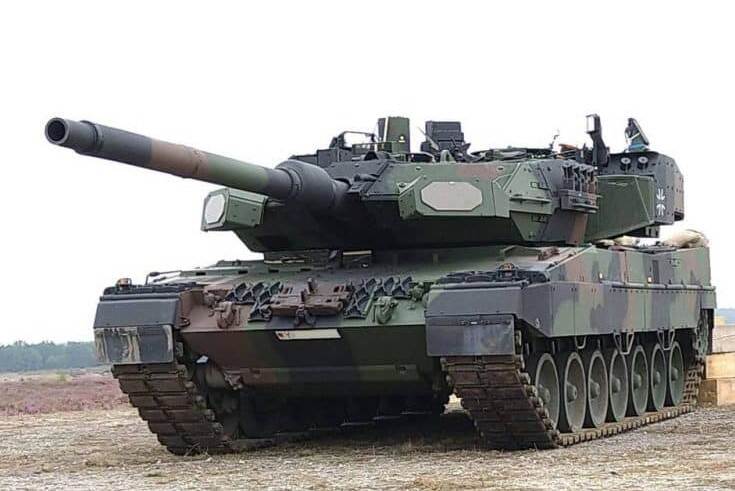
Here stands NATO no step further. Brig. Gen. Christoph Huber’s words mark a turning point in Germany’s military posture. For the first time since World War II, Berlin is permanently stationing a full combat brigade abroad, and it is doing so on NATO’s most exposed frontier. The 45th Armored Brigade in Lithuania is more than a symbolic deployment: it is a forward shield equipped with the most advanced heavy armor of Germany, the Leopard 2A8.
This comes amid sobering lessons from Ukraine, where tanks have faced unprecedented threats from cheap, off-the-shelf drones and layered defenses. Still, NATO allies-Germany included-see armor as indispensable for deterrence and maneuver warfare. The Leopard 2A8 introduces the recalibration of armored warfare for the drone age, coupled with state-of-the-art systems like the Puma S1 IFV and Panzerhaubitze 2000 artillery. Following are nine critical insights into this unusual deployment and the technology, strategy, and doctrine that’s shaping it.
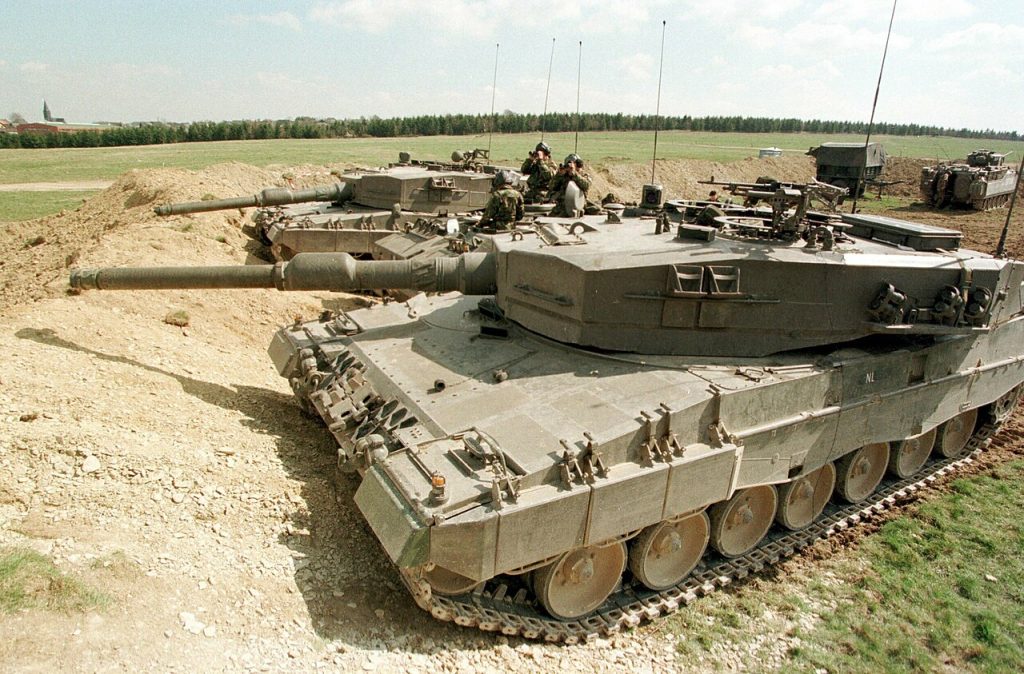
1. Germany’s First Permanent Brigade Abroad Since WWII
The stationing of the 45th Armored Brigade in Lithuania also breaks with the post-war German reluctance to send combat forces abroad. Due to be activated near Vilnius in 2024, the brigade will grow to 4,800 troops by 2027 operating from a new base in Rūdninkai. Part of the new emphasis within NATO on deterrence through forward defense-forward positioning heavy forces directly on the alliance’s eastern flank-Lithuania is a front line state thanks to its proximity to the Russian enclave of Kaliningrad and Belarus, and Berlin’s commitment is considered crucial to Baltic security.
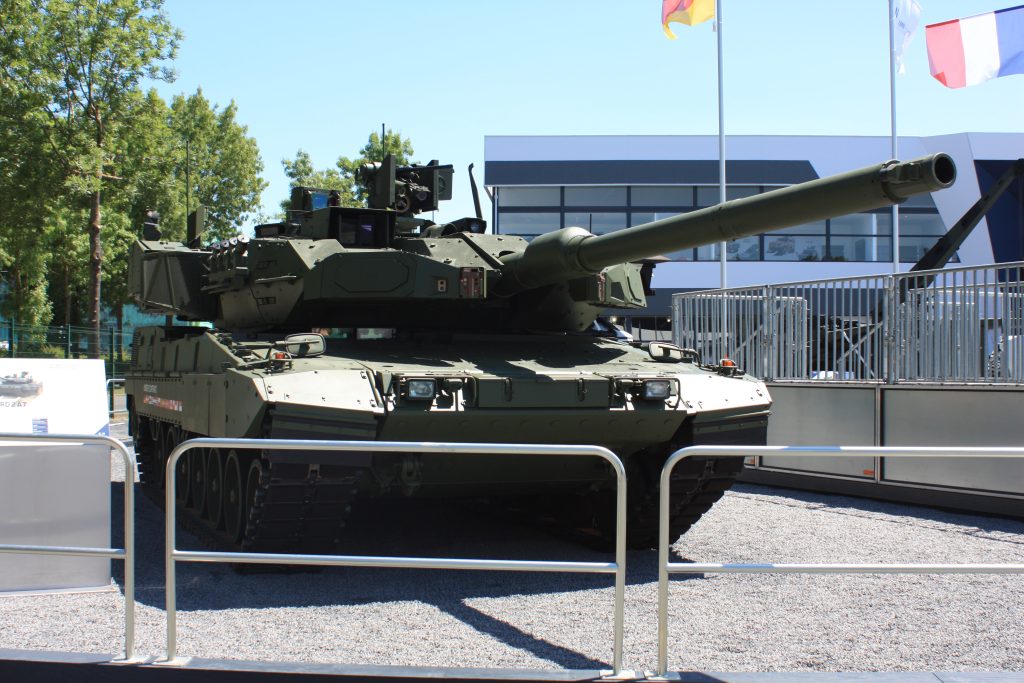
2. Leopard 2A8: Heavy Armor for Modern Threats
The Leopard 2A8 is the most advanced main battle tank in Germany, produced by KNDS Deutschland. Lessons from Ukraine have driven upgrades, including the Trophy Active Protection System for intercepting anti-tank missiles and drones, reinforced turret armor, and enhanced sensors. These changes bring the tank in line with contemporary combined-arms concepts, rather than purely a Cold War-era armored duel. It isn’t invulnerable, but the 2A8 certainly offers a leap in survivability and lethality that makes it relevant to emerging threats.
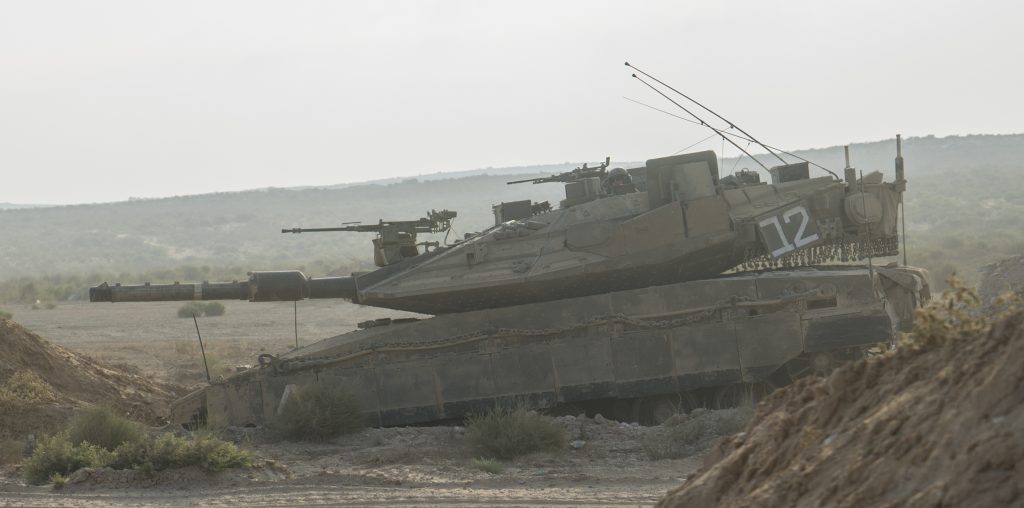
3. Trophy APS: counter-drone innovations
Rafael’s Trophy APS now includes top-attack defense against drones dropping munitions from above-a vulnerability exposed both in Ukraine and Gaza. Added steep-angle threat coverage, combined with reactive armor, furthers the degree of protection, while future iterations might include drone-killing interceptors guided by AI at less cost than kinetic slugs. That kind of adaptability reflects a rising demand for layered counter-drone ecologies incorporating jammers, lasers, and high-power microwaves.
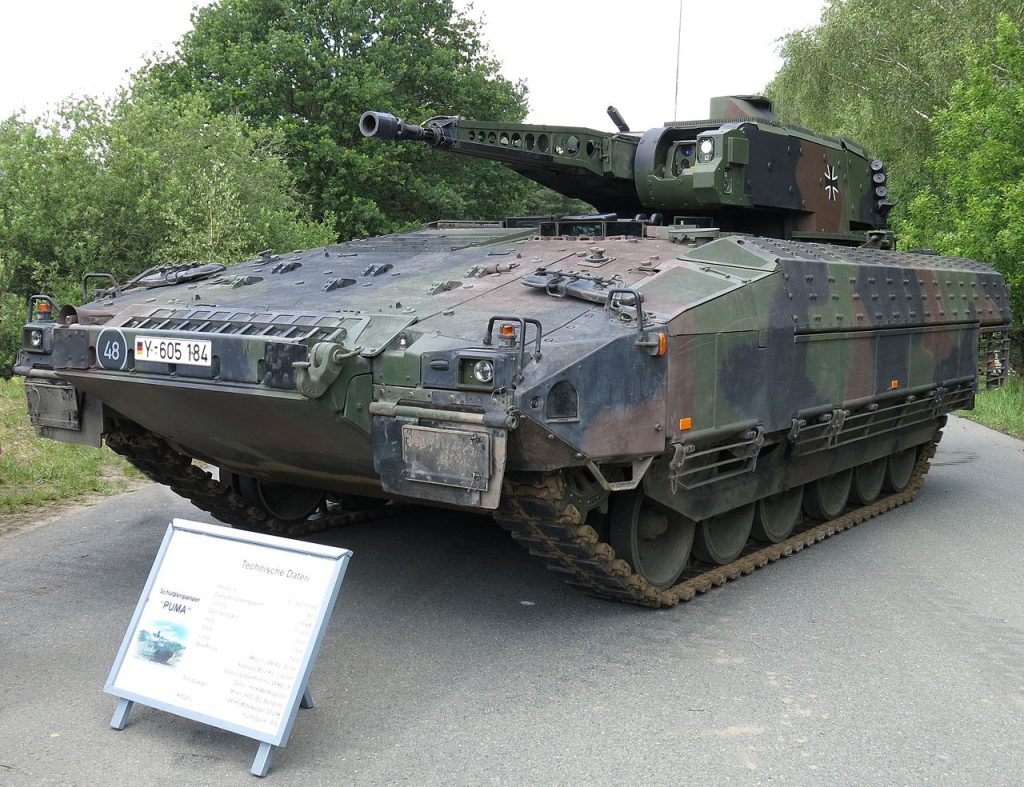
4. Puma S1 IFV: Integrated Drone Detection and Strike
The Puma S1 IFV combines unique firepower and sensor integration. Equipped with the RF-300 UAV detector and MUSS 2.0 jammer, it can detect, classify, and locate up to nine drones, then take them out with its 30mm cannon or MELLS Spike-LR missiles. Autonomous “Hunter-Killer-Killer” modes for close-in threats and integration of micro-UAVs for reconnaissance are in store for future upgrades. For this reason, this makes the Puma S1 more than just an infantry carrier; in essence, it is a mobile counter-drone platform.
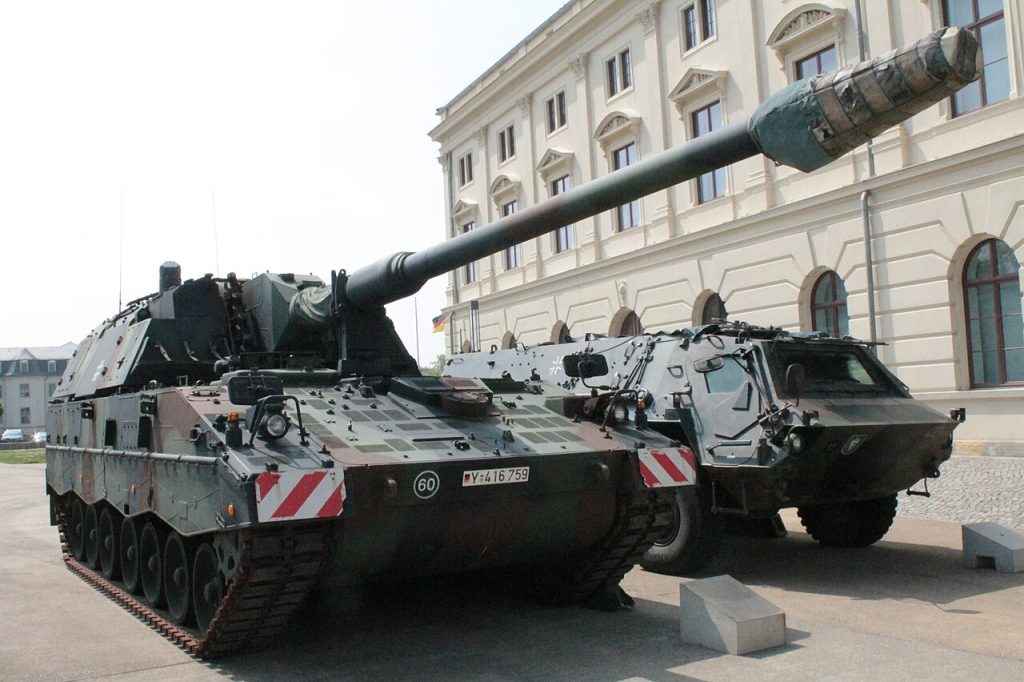
5. Panzerhaubitze 2000: Precision Artillery for NATO’s Edge
Another prominent appearance of the German deployment is that of the PzH 2000, a self-propelled howitzer that can conduct long-range precision fires. Recent deliveries in Ukraine have shown its effectiveness against fortified positions. Sourcing new units from industry and not stripping Bundeswehr stocks, Berlin reinforces its readiness while continuing to build on its momentum for forward-deployed firepower. The PzH 2000 provides indirect fire support in combined maneuver warfare under the brigade’s integration.
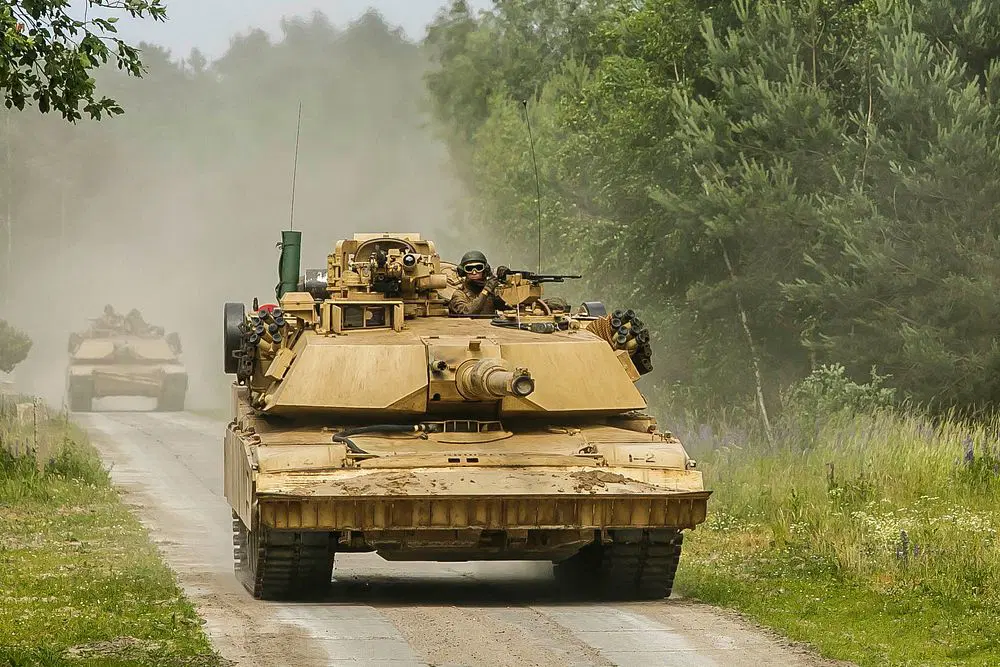
6. Integrating Maneuver Warfare Doctrine
Heavy armor, Huber underlines, enables combined maneuver warfare-fast, coordinated operations to seize the initiative. In Ukraine, such maneuvers have been stymied so far by the lack of air superiority and pervasive drone surveillance. NATO’s broader capabilities-fifth-generation fighters and electronic warfare-could restore the viability of maneuver. The brigade’s mix of tanks, IFVs, artillery, drones, and air defenses embodies the “good mix of capabilities” that Huber deems essential for the war of the future.
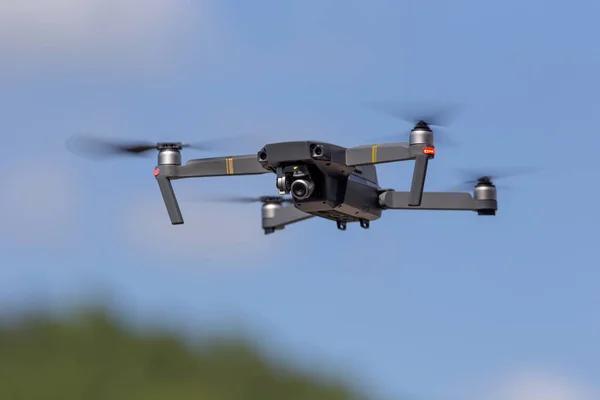
7. Lessons from Ukraine’s Drone-Dominated Battlefield
The war in Ukraine showed that even state-of-the-art tanks are vulnerable to low-cost drones. Since then, both sides have adapted with add-on armour, concealment, and cautious employment of armour as mobile artillery. NATO planners study these adaptations, aware that while future conflicts will vary, ubiquitous aerial threats will be part of all. The Leopard 2A8’s drone protection and the Puma S1’s detection suite speak directly to these battlefield realities.

8. NATO Solidarity and Lithuanian Rearmament
These will be the first Leopard 2A8s in the history of Lithuania, which considers armor “indispensable.” The German brigade draws support from the 10th Armoured Division and coalition forces of Norway, the Netherlands, and the US. This is a very clear signaling of deterrence: any attack on Lithuania would be matched by a collective NATO response. Former CIA chief David Petraeus called Lithuania the NATO member most in danger of invasion by Russia, increasing the strategic weight of this deployment.

9. Preparing for the War of the Future
Huber emphasises that the brigade is preparing not for past wars, nor exactly for the current conflict in Ukraine, but for future scenarios. This means putting together drones, SHORAD systems, advanced sensors, and modular armor into a cohesive force. This also involves constant adjustment: learning what adversaries are doing, brainstorming countermeasures, and preparing before the full buildup of forces. As he says, deterrence is key to capability, showing the will to defend “every inch of NATO territory.” The deployment of the 45th Armored Brigade to Lithuania is more than a military move-it is a statement of intent from Germany.
Equipped with the Leopard 2A8 and complementary systems tailored against modern threats, Berlin shows itself ready to defend NATO’s frontier with state-of-the-art technology and integrated doctrine. Lessons from Ukraine are being applied in real time to shape a force meant both to deter aggression and adapt to the evolving character of war. And in the Baltic, one thing is clear: NATO’s shield is not static-it learns, it upgrades, and it’s ready for what comes next.


